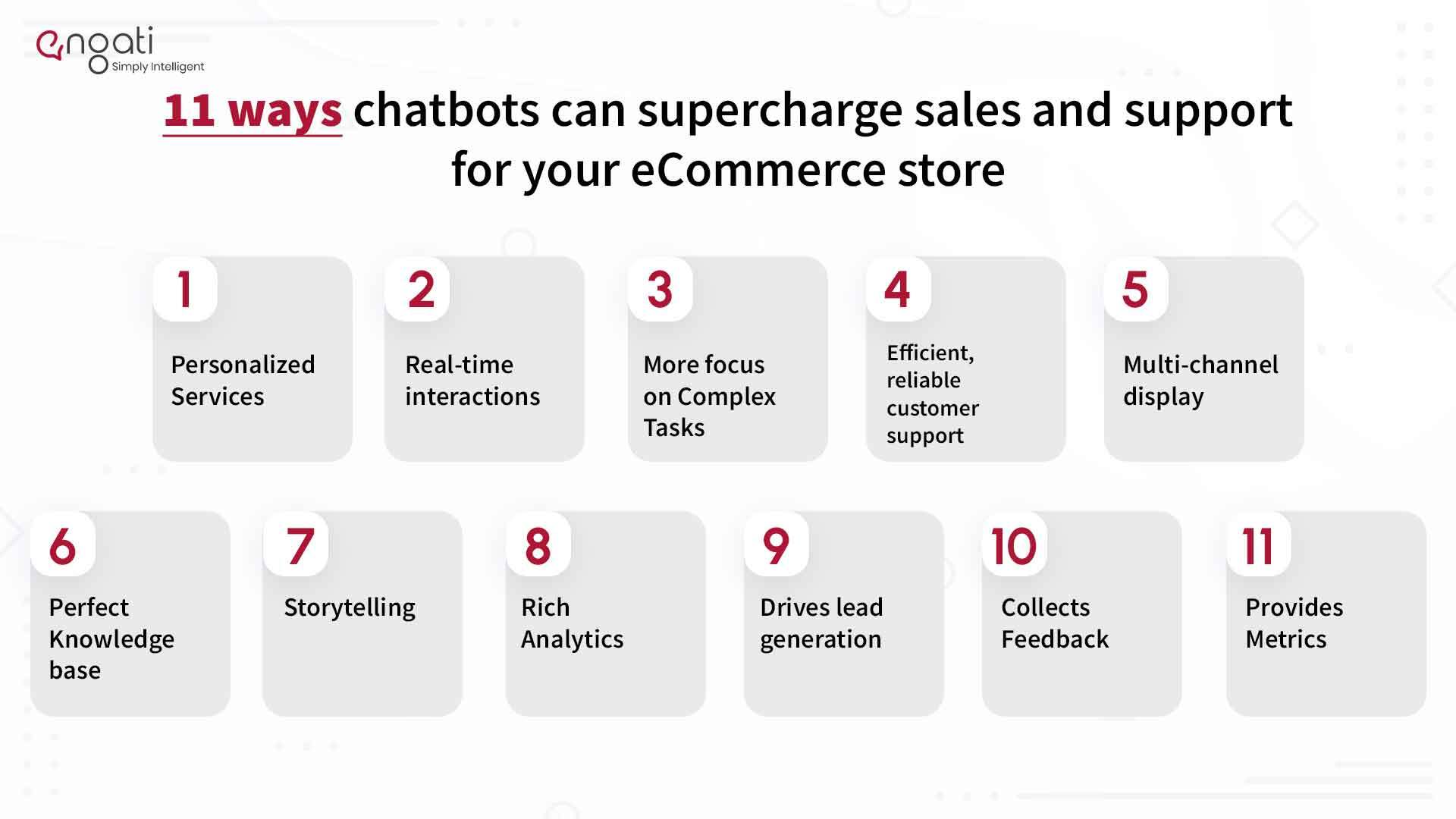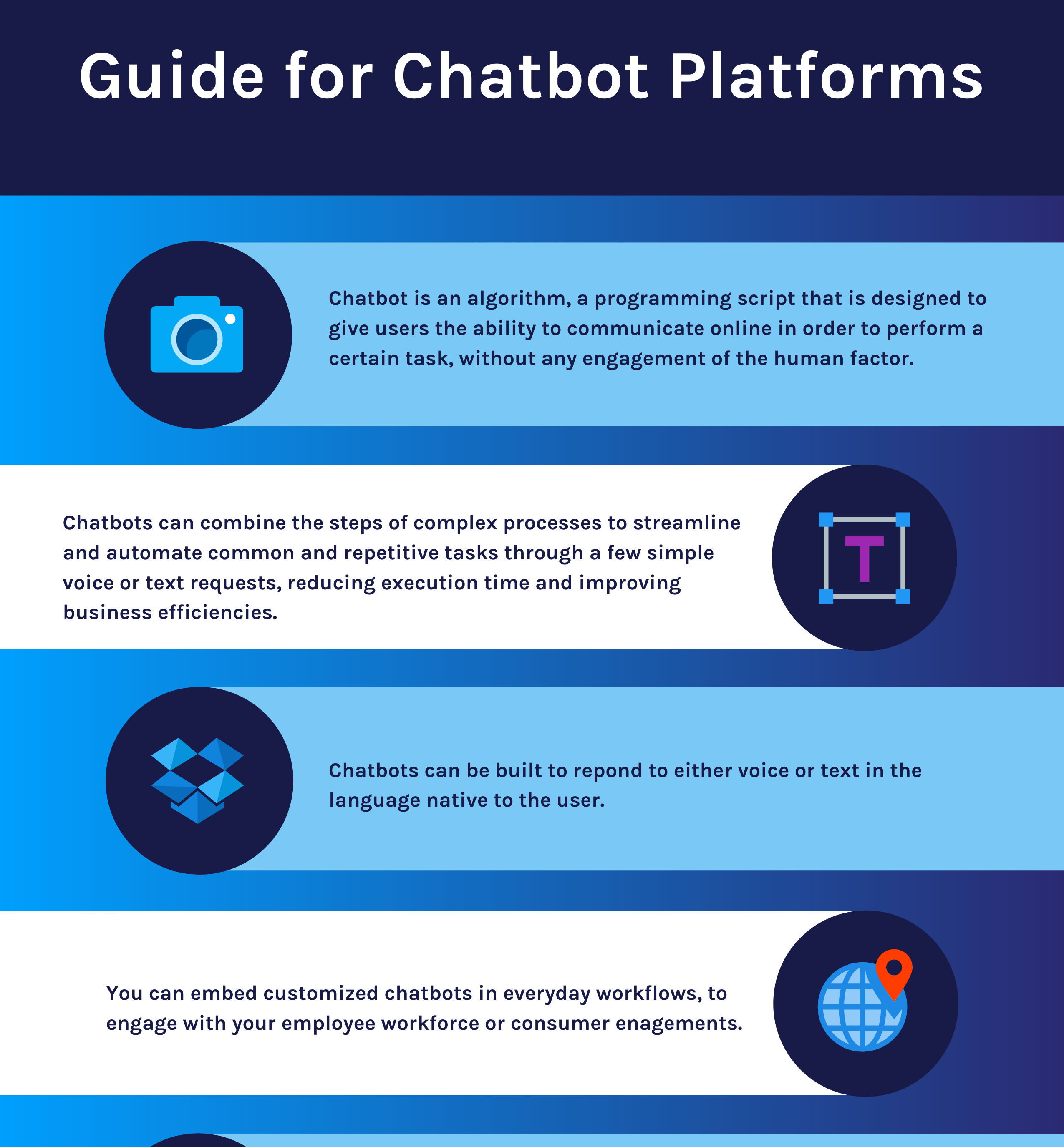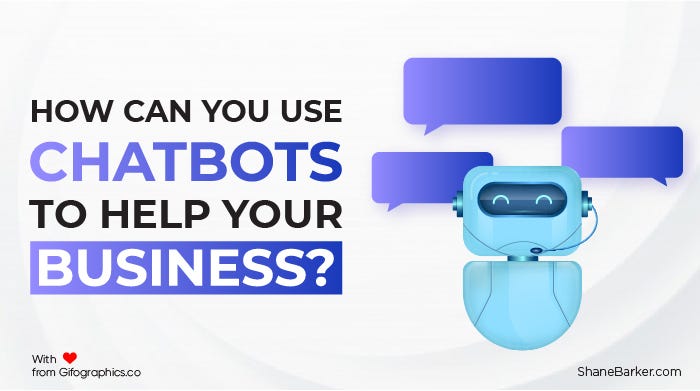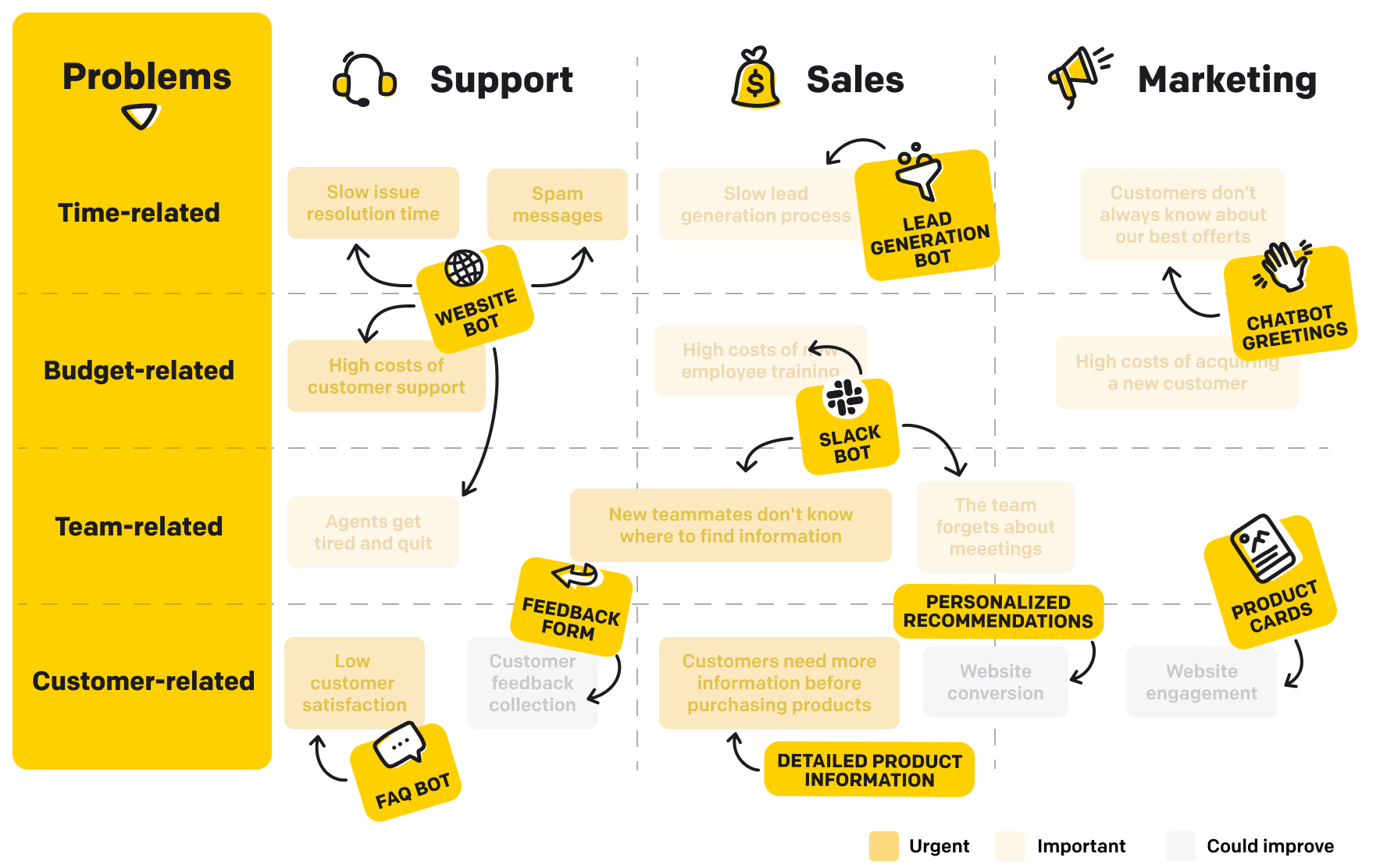Are you looking to enhance audience engagement and promote your blog or online business in Kenya? Look no further than chatbots! These virtual assistants have become popular tools for businesses to interact with their audience in a more personalized and efficient way. By incorporating chatbots into your online platform, you can provide instant responses, offer personalized recommendations, and even collect valuable customer data. In this article, we will explore the most effective strategies to use chatbots and amplify your online presence in Kenya. So, let’s dive into the world of chatbots and discover how they can revolutionize your engagement and promotion efforts!

This image is property of global-uploads.webflow.com.
1. Understand the role of chatbots in audience engagement
1.1 What are chatbots?
Chatbots are computer programs that simulate human conversations through artificial intelligence and natural language processing. They are designed to interact with users in a way that resembles a real conversation, providing automated responses and assistance. Chatbots can be integrated into websites, messaging platforms, and social media channels to engage with audiences and provide personalized experiences.
1.2 How can chatbots assist in audience engagement?
Chatbots play a crucial role in audience engagement by providing instant and personalized communication. They can answer frequently asked questions, guide users through a specific process, and offer recommendations based on user preferences. Chatbots enable businesses to deliver timely and relevant information to their audience, enhancing their overall experience and fostering a sense of connection.
1.3 Benefits of using chatbots for audience engagement
Using chatbots for audience engagement offers several benefits. Firstly, they provide round-the-clock customer support, ensuring that users receive assistance whenever they need it. This availability enhances customer satisfaction and loyalty. Secondly, chatbots save time for businesses, as they can handle multiple conversations simultaneously without requiring human intervention. This efficiency improves response times and enables businesses to focus on other important tasks. Lastly, chatbots collect valuable data through user interactions, allowing businesses to gain insights into their audience’s preferences, needs, and behaviors.
2. Choosing the right chatbot platform for your blog or online business
2.1 Research available chatbot platforms
Before selecting a chatbot platform, it is important to conduct thorough research to identify the options available in the market. Look for platforms specifically designed for audience engagement and assess their features, functionalities, and compatibility with your blog or online business.
2.2 Evaluate features and functionality
When evaluating chatbot platforms, consider the features and functionalities that align with your audience engagement goals. Look for platforms that offer natural language processing capabilities, integration with popular messaging platforms, and customizable conversation flows. Evaluate features such as lead capture forms, analytics tracking, and multilingual support to ensure they meet your specific requirements.
2.3 Consider integration options
Check if the chatbot platform integrates seamlessly with your blog or online business. It should support integration with existing systems, such as content management platforms and customer relationship management (CRM) systems. Additionally, ensure that the platform offers easy integration with popular messaging and social media platforms to maximize audience reach.
2.4 Look for chatbot platform reviews and ratings
To make an informed decision, read reviews and ratings of different chatbot platforms. User feedback can provide valuable insights into the pros and cons of each platform. Look for platforms that have positive reviews, high ratings, and a strong reputation in the industry. This will help ensure that you choose a reliable and effective chatbot platform for your blog or online business.

This image is property of media.sproutsocial.com.
3. Designing an effective chatbot for audience engagement
3.1 Define your chatbot’s purpose and goals
Before designing a chatbot, it is essential to define its purpose and goals. Determine how you want the chatbot to engage with your audience and what specific tasks it should perform. Whether it is providing support, offering recommendations, or capturing leads, having a clear purpose will guide the design process.
3.2 Determine your target audience
Understanding your target audience is crucial for designing an effective chatbot. Identify the demographics, preferences, and needs of your audience to create personalized conversations. Consider their language preferences, communication style, and pain points to tailor the chatbot’s interactions accordingly.
3.3 Craft engaging and personalized chatbot conversations
To engage your audience effectively, craft engaging and personalized chatbot conversations. Use a conversational tone, avoid jargon, and provide clear and concise information. Personalize the chatbot’s responses based on user data and preferences to make the interactions feel more human-like and relevant.
3.4 Design a visually appealing chatbot interface
While the conversation flow and content are important, the visual design of your chatbot interface also plays a role in audience engagement. Design a visually appealing interface that aligns with your brand identity and creates a positive user experience. Consider factors such as color scheme, typography, and layout to make the chatbot visually appealing and user-friendly.
3.5 Test and optimize your chatbot’s performance
After designing your chatbot, it is crucial to test its performance and optimize it based on user feedback. Conduct user testing to identify any usability issues or areas for improvement. Analyze user interactions and behavior to refine the chatbot’s responses and make it more effective in engaging your audience.
4. Implementing chatbots on your website or blog
4.1 Choose the appropriate chatbot implementation method
When implementing a chatbot on your website or blog, consider the implementation method that best suits your needs. You can choose to use a plugin or widget provided by the chatbot platform or implement a custom solution. Evaluate the technical requirements, ease of implementation, and compatibility with your website or blog platform.
4.2 Integrate your chatbot with your website or blog
Integrate your chatbot seamlessly with your website or blog to provide a unified user experience. Ensure that the chatbot appears prominently on your website or blog, making it easily accessible to your audience. Integrate it with your existing navigation or menu structure to make it intuitive for users to engage with the chatbot.
4.3 Customize chatbot settings and behavior
Customize the settings and behavior of your chatbot to align with your website or blog’s branding and user experience. Determine when and where the chatbot should appear, such as on specific pages or after a certain time on the website. Customize the chatbot’s greetings and responses to match your brand’s voice and tone.
4.4 Provide clear instructions on how to interact with the chatbot
To ensure a smooth user experience, provide clear instructions on how to interact with the chatbot. Clearly explain the purpose of the chatbot and the tasks it can assist with. Use tooltips or introductory messages to guide users on how to start a conversation or ask for help. This will help users feel more comfortable and confident in engaging with the chatbot.

This image is property of www.predictiveanalyticstoday.com.
5. Utilizing chatbots for lead generation and customer support
5.1 Use chatbots to capture and qualify leads
Chatbots can be powerful tools for lead generation. Design your chatbot to capture lead information by asking relevant questions and providing lead capture forms. Use automated lead qualification techniques to gather valuable data and categorize leads based on their potential. This will help you prioritize and target leads for future engagement.
5.2 Provide automated customer support through chatbots
One of the key benefits of chatbots is their ability to provide automated customer support. Utilize your chatbot to answer common customer queries, provide self-help resources, and troubleshoot technical issues. By offering instant and accurate support, you can enhance customer satisfaction and reduce the burden on your support team.
5.3 Integrate chatbots with CRM systems for better lead management
To effectively manage leads generated by your chatbot, integrate it with a CRM system. This integration enables seamless transfer of lead information, ensures data consistency, and allows for better lead tracking and follow-up. By integrating chatbot data with your CRM system, you can streamline your lead management process and improve overall lead conversion rates.
6. Leveraging chatbot analytics for audience insights
6.1 Monitor chatbot performance metrics
To gain insights into your audience’s interactions with the chatbot, monitor chatbot performance metrics. Track metrics such as response time, session duration, conversation completion rate, and user satisfaction ratings. This data can help you understand how well your chatbot is engaging with your audience and identify areas for improvement.
6.2 Analyze user interactions and behavior
Analyze user interactions and behavior within the chatbot to gain deeper audience insights. Identify frequently asked questions, common pain points, and patterns in user behavior. This analysis can uncover valuable information that can be used to optimize your content, marketing strategies, and overall audience engagement approach.
6.3 Use insights to improve audience engagement strategies
Utilize the insights gained from chatbot analytics to improve your audience engagement strategies. Tailor your content and messaging based on the frequently asked questions and pain points identified through user interactions. Identify opportunities to provide targeted recommendations or resources to enhance audience engagement. Continuously optimize your chatbot and messaging based on the insights gained to ensure a seamless and personalized experience for your audience.

This image is property of miro.medium.com.
7. Engaging your audience through chatbot notifications
7.1 Send personalized notifications based on user preferences
Engage your audience through personalized notifications sent by your chatbot. Capture user preferences during the conversation and use this information to send tailored notifications. Whether it’s notifying users about new blog posts, product updates, or exclusive offers, personalized notifications can keep your audience engaged and encourage them to revisit your website or blog.
7.2 Use chatbots to deliver targeted content updates
Chatbots can be a powerful tool for delivering targeted content updates to your audience. Use your chatbot to provide users with recommendations based on their preferences and past interactions. Whether it’s suggesting relevant blog posts, articles, or product recommendations, targeted content updates can drive audience engagement and increase the chances of conversion.
7.3 Encourage audience engagement through interactive notifications
Make your chatbot notifications interactive to encourage audience engagement. Incorporate call-to-action buttons or quick-reply options in your notifications to prompt users to take specific actions. Whether it’s participating in a poll, answering a question, or accessing exclusive content, interactive notifications make it easy for your audience to engage with your brand and content.
8. Integrating chatbots with social media platforms
8.1 Connect chatbots with popular social media channels
Integrate your chatbot with popular social media channels to reach a wider audience and enhance audience engagement. Platforms such as Facebook Messenger, WhatsApp, and Instagram offer chatbot integration capabilities, allowing you to engage with your audience directly on these platforms.
8.2 Use chatbots for social media lead generation
Leverage chatbots for lead generation on social media platforms. Design your chatbot to capture leads by offering incentives such as exclusive content, discounts, or giveaways. Use automated lead qualification processes to gather relevant information and categorize leads for effective follow-up.
8.3 Enable seamless engagement through social media chatbots
Enable seamless engagement between your audience and your chatbot on social media platforms. Ensure that your chatbot is designed to provide valuable information, answer frequently asked questions, and foster meaningful interactions. Utilize social media data and insights to personalize the chatbot’s responses and create a tailored experience for your audience.

This image is property of www.chatbot.com.
9. Implementing chatbots for e-commerce businesses
9.1 Offer personalized product recommendations and suggestions
For e-commerce businesses, chatbots can be valuable tools for offering personalized product recommendations and suggestions. Utilize user data and preferences to provide tailored recommendations based on individual user needs and interests. This personalized approach can improve conversion rates and enhance the overall shopping experience.
9.2 Facilitate easy and quick purchase decisions through chatbots
Chatbots can streamline the purchase process for customers by offering product information, answering questions, and facilitating quick decision-making. Incorporate features such as product catalogs, price comparisons, and direct purchasing options within the chatbot interface. This convenience can lead to increased sales and customer satisfaction.
9.3 Provide order tracking and customer support via chatbots
After a purchase is made, chatbots can provide order tracking information and offer customer support throughout the post-purchase journey. Enable features such as order status updates, delivery notifications, and easy access to customer support within the chatbot interface. This enhances the overall customer experience and builds trust and loyalty.
10. Continuous improvement and optimization of chatbot strategies
10.1 Gather user feedback and suggestions
Continuously gather user feedback and suggestions to improve your chatbot strategies. Encourage users to provide feedback on their experience with the chatbot and their suggestions for improvement. Analyze this feedback to identify areas of enhancement and implement necessary optimizations.
10.2 Regularly update and upgrade your chatbot
As technology and user expectations evolve, it is essential to regularly update and upgrade your chatbot. Stay up to date with the latest advancements in chatbot technology to ensure that your chatbot remains effective and relevant. Incorporate new features and functionalities that can enhance your chatbot’s performance and improve audience engagement.
10.3 Stay updated with industry trends and advancements in chatbot technology
To stay ahead in utilizing chatbots for audience engagement, it is important to stay updated with industry trends and advancements. Follow industry blogs, attend webinars, and network with professionals to stay informed about the latest developments in chatbot technology. Experiment with new features and strategies to continually enhance your chatbot’s effectiveness in engaging with your audience.
In conclusion, chatbots offer numerous opportunities to engage with your audience and promote your blog or online business in Kenya. By understanding the role of chatbots, choosing the right platform, designing effective conversations, implementing chatbots on your website, utilizing them for lead generation and customer support, leveraging chatbot analytics, engaging your audience through notifications, integrating chatbots with social media, implementing them for e-commerce businesses, and continuously improving your chatbot strategies, you can engage your audience effectively and drive growth for your blog or online business. Stay informed about industry trends and advancements to ensure that your chatbot remains an effective tool for audience engagement and promotion.




